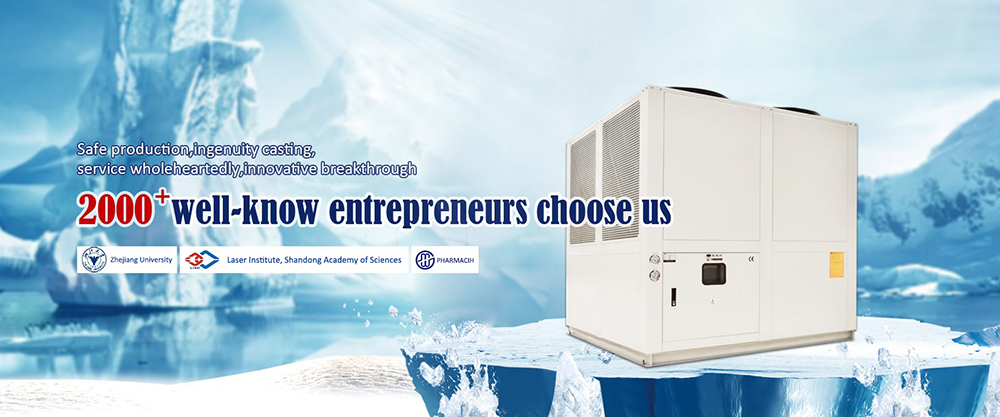In the realm of HVAC (Heating, Ventilation, and Air Conditioning), the dynamic partnership between air cooled chillers and air handling units (AHUs) stands as a cornerstone for maintaining optimal indoor environments. Found in expansive commercial spaces, healthcare facilities, and industrial complexes, these systems collaboratively contribute to a comfortable and healthy atmosphere. Let's delve into the intricacies of these vital components.
Understanding Air Cooled Chillers:An air cooled chiller is a mechanical workhorse facilitating heat exchange from air to refrigerant within a closed-loop system. By pumping refrigerant to dissipate waste heat into the atmosphere, air cooled chillers play a pivotal role in cooling and dehumidifying air in commercial and industrial structures.
Decoding Air Handling Units:Conversely, an air handling unit (AHU) regulates and circulates air within an HVAC system. It processes outside air, reconditions it (filtering, cooling, heating, or humidifying), and delivers it as fresh air to conditioned spaces. The AHU emerges as a linchpin in cooling systems, ensuring the seamless circulation of conditioned air throughout buildings.
Air Cooled Chiller Components:
Compressor: The system's heart, ensuring refrigerant flow.
Condenser: Expels heat from the system.
Expansion Valve: Regulates refrigerant flow into the evaporator.
Evaporator: Absorbs heat from air.
Air Filter: Removes airborne particles.
Cooling and Heating Coils: Adjust air temperature.
Blower: Propels air through the HVAC system.
Supply and Return Air Ducts: Distribute conditioned air.
Dampers: Regulate airflow.
Sound Attenuators: Reduce system noise.

Air cooled chiller units and AHUs work symbiotically, with chillers providing chilled air to cool and dehumidify air before distribution. This collaboration empowers AHUs to maintain precise temperature control, delivering conditioned air that enhances occupant comfort. The efficiency of air cooled chillers optimizes AHU performance, fostering energy savings and elevating indoor air quality.
Energy Efficiency:
Chilled air from air cooled chillers enhances AHU air distribution efficiency, optimizing energy consumption and reducing costs.
Shared workload minimizes strain on individual components, contributing to overall system efficiency.
Improved Air Quality:
Air cooled chillers excel in heat removal, reducing humidity and promoting dehumidification.
Lower humidity inhibits indoor pollutant growth, ensuring AHUs distribute cleaner, healthier air.
Precision Temperature Control:
Air cooled chillers enable accurate temperature control, translating to consistent air conditioning.
Narrow temperature tolerances maintained by AHUs foster occupant comfort and productivity.
Reduced Environmental Impact:
Optimized energy consumption and enhanced performance contribute to a more efficient HVAC system.
Decreased greenhouse gas emissions align with sustainability goals and environmental regulations.
Long-Term Cost Savings:
The collaborative approach results in sustained cost savings, driven by improved energy efficiency and precise temperature control.
Reduced energy bills benefit both immediate and long-term financial considerations.
In harmonizing air cooled chillers and air handling units, HVAC systems attain heightened efficiency, environmental sustainability, and occupant well-being. This strategic alliance remains pivotal in the ever-evolving landscape of modern building climate control.
By continuing to use the site you agree to our privacy policy Terms and Conditions.